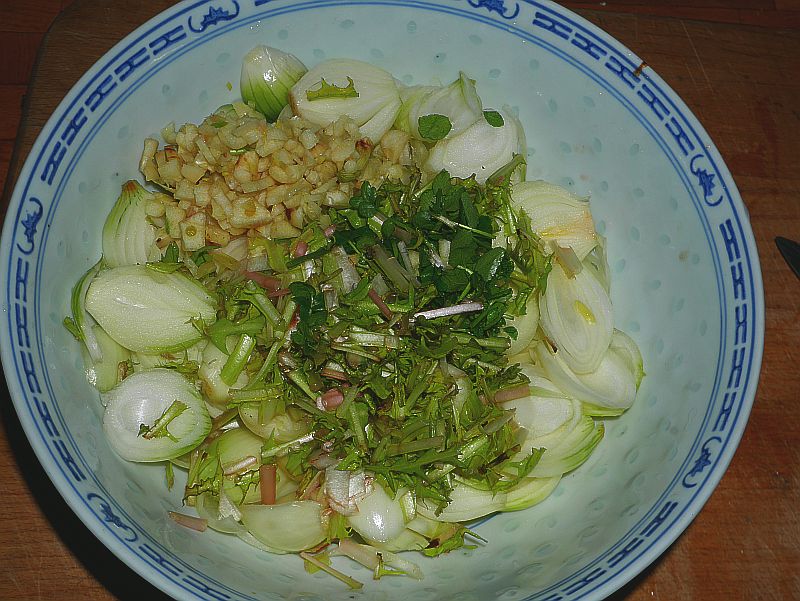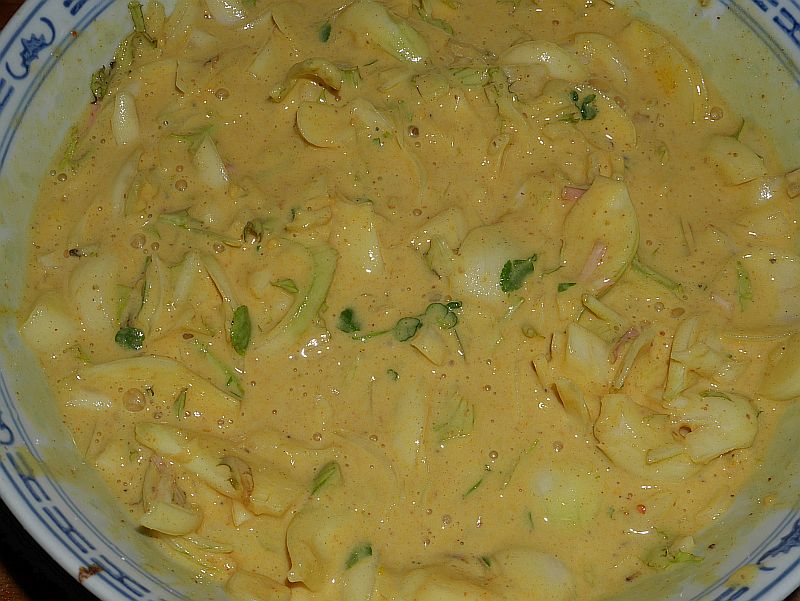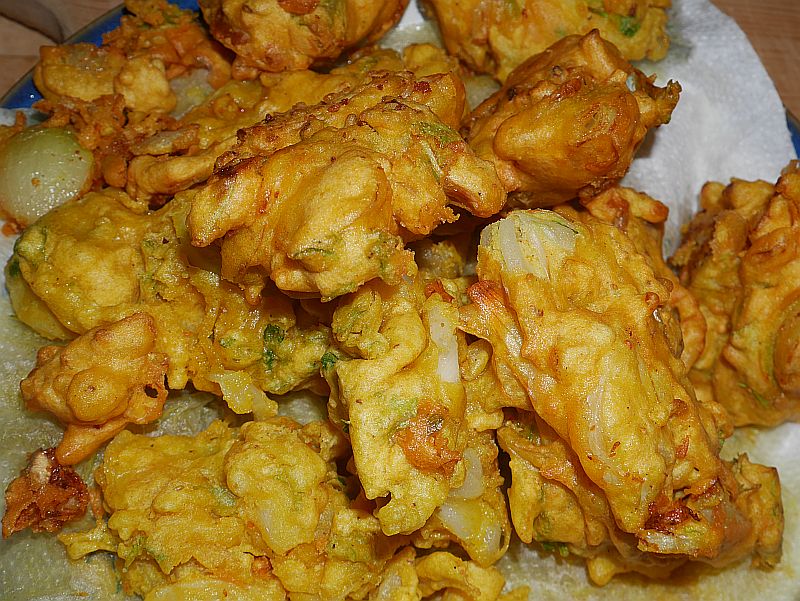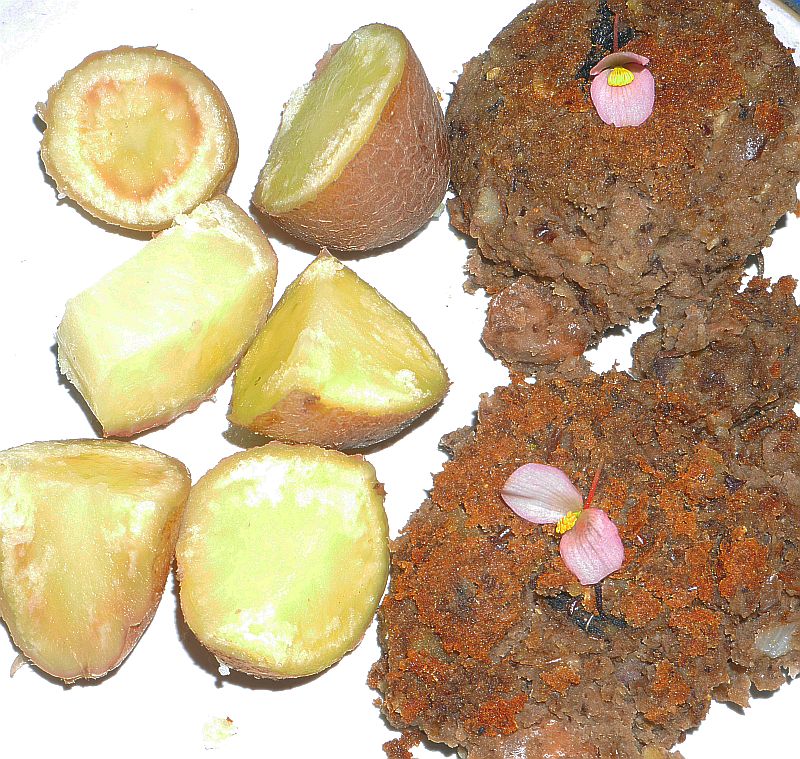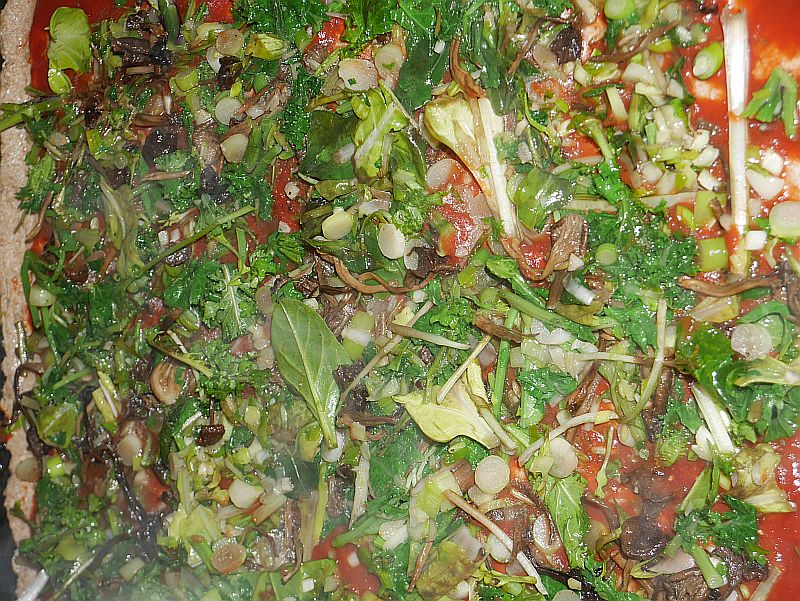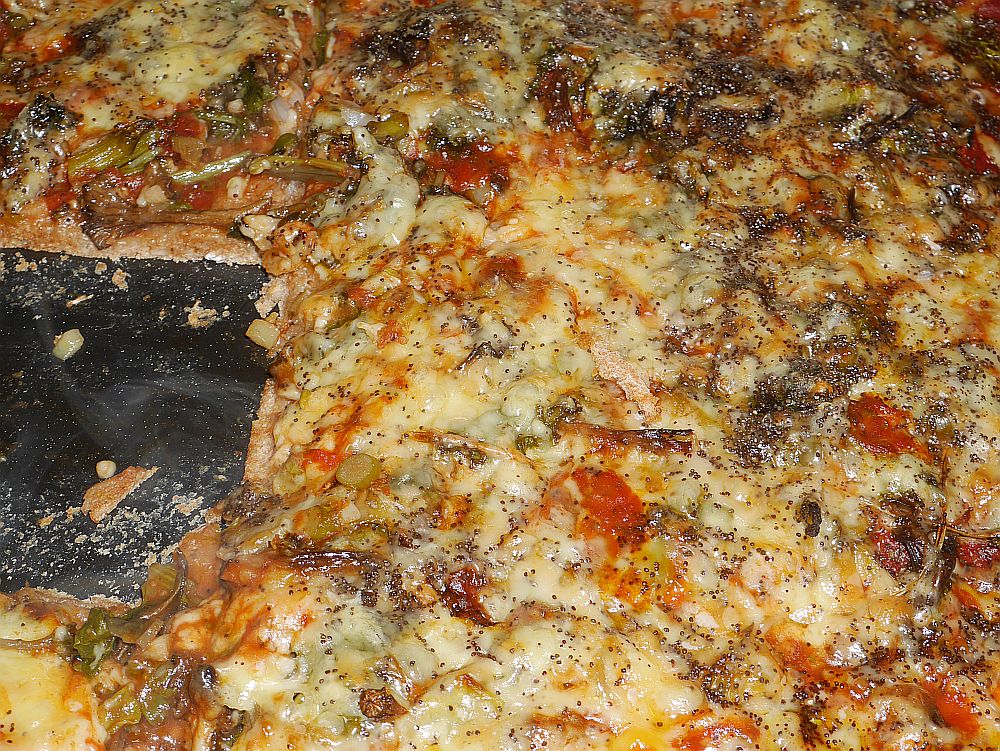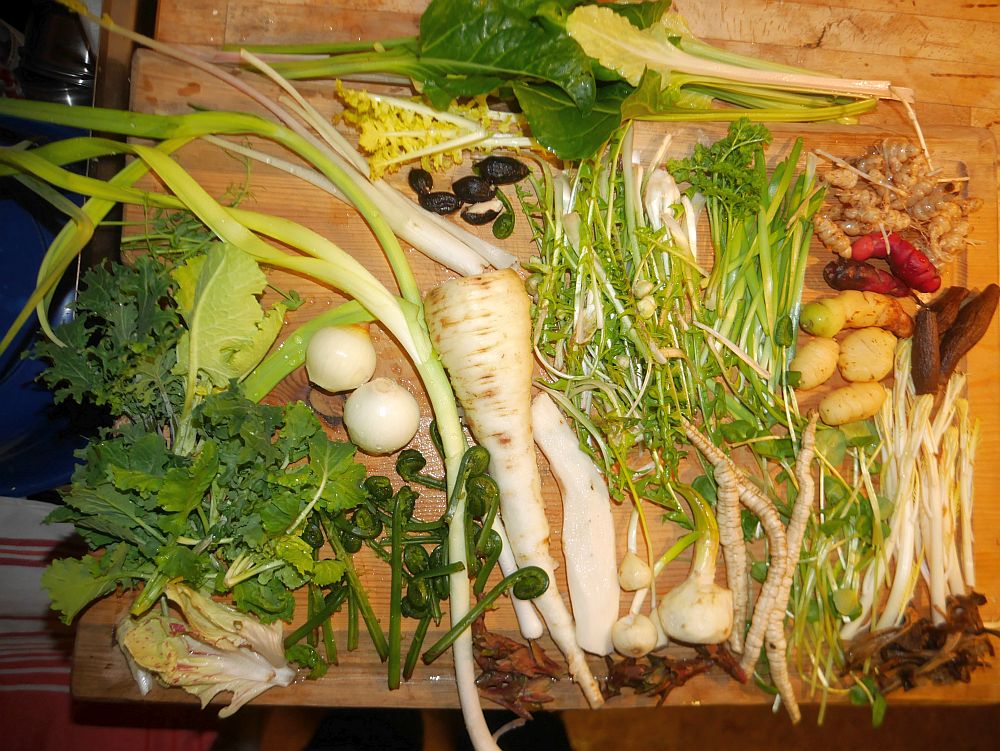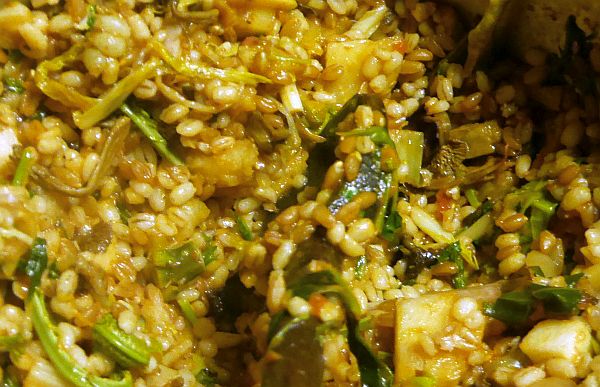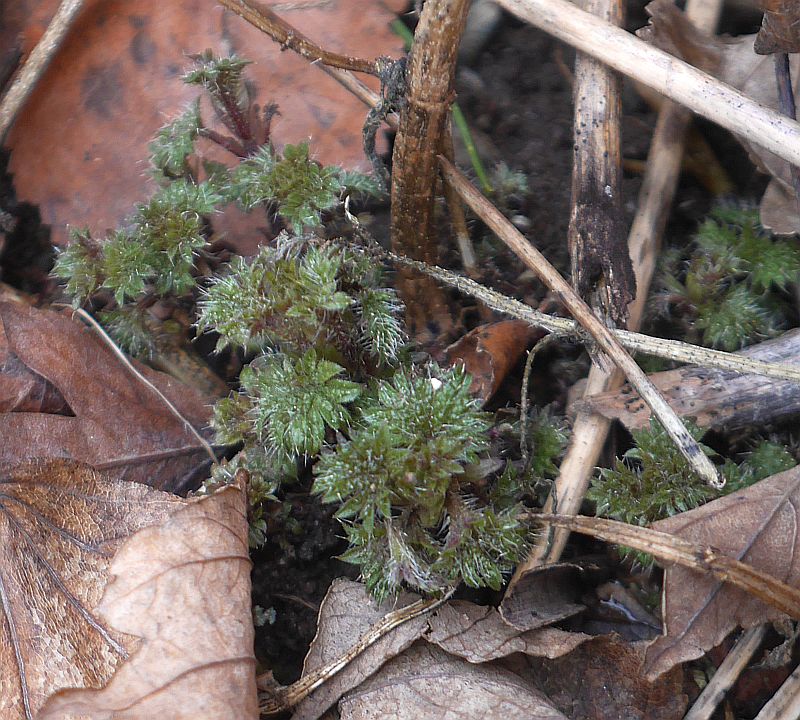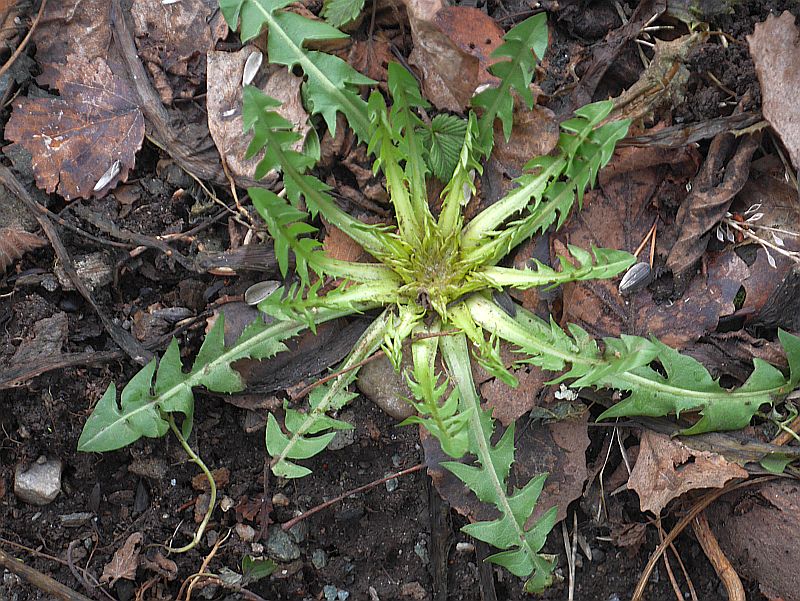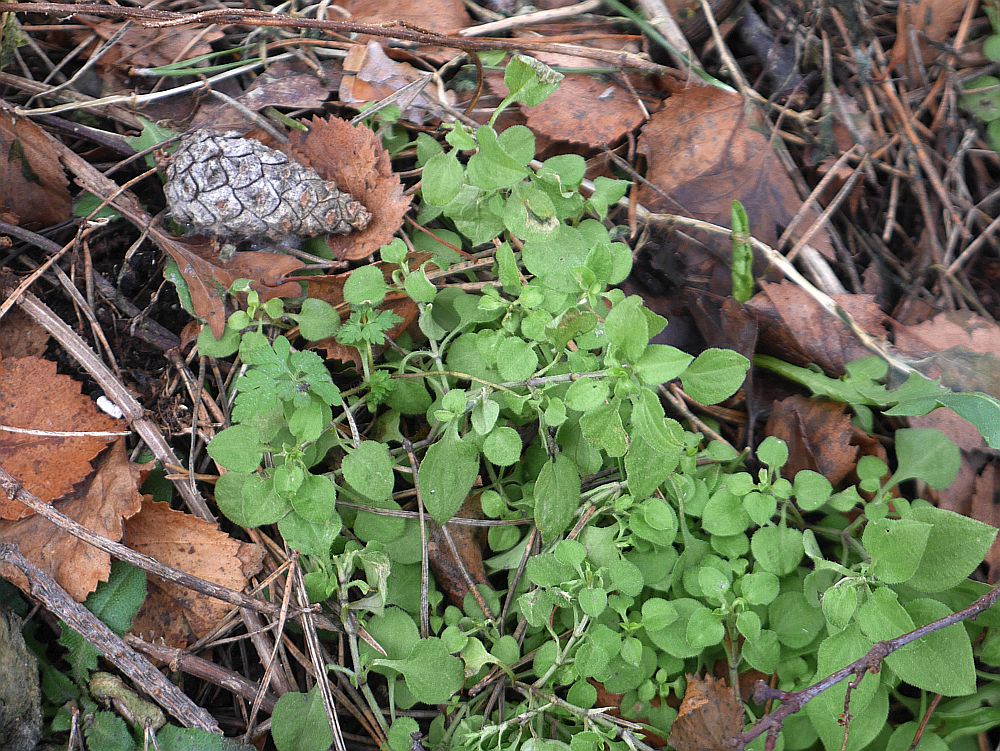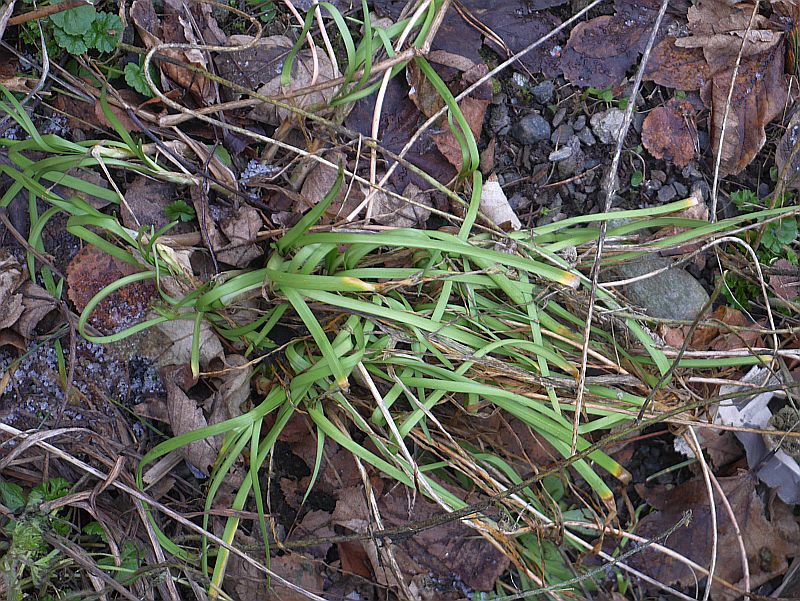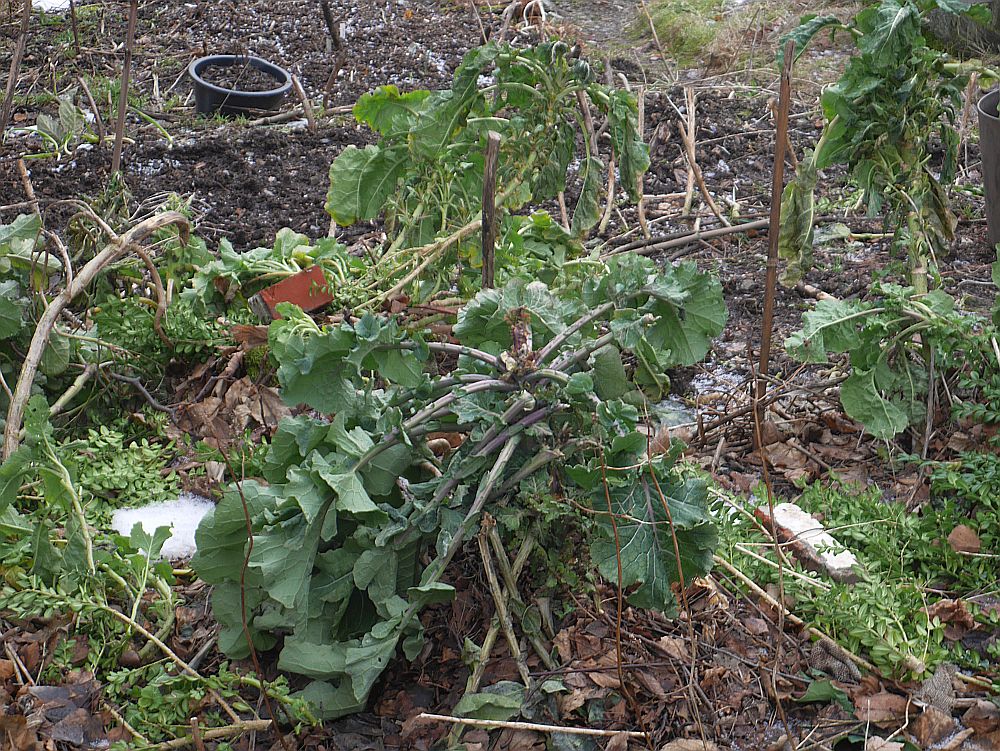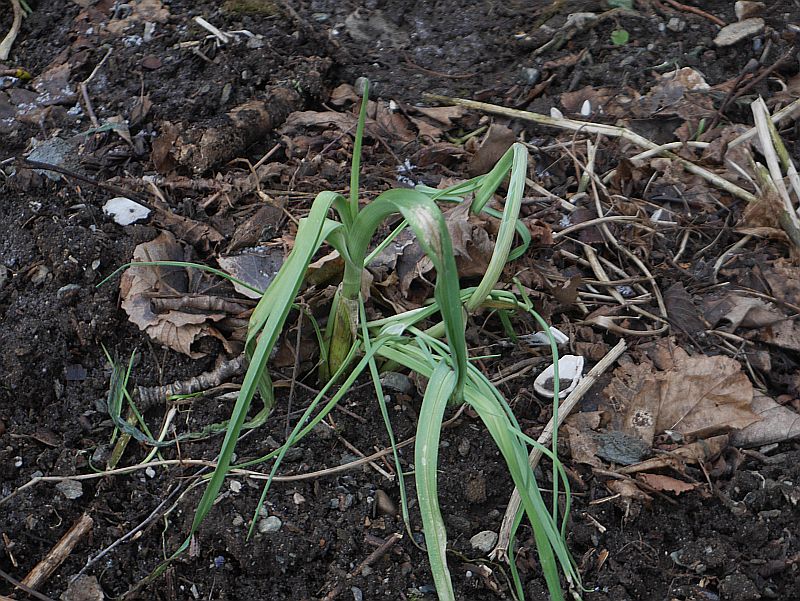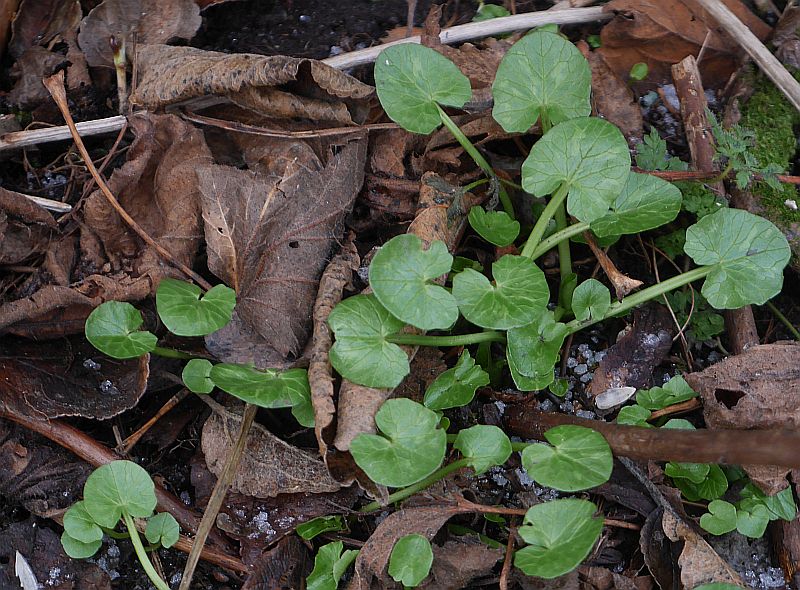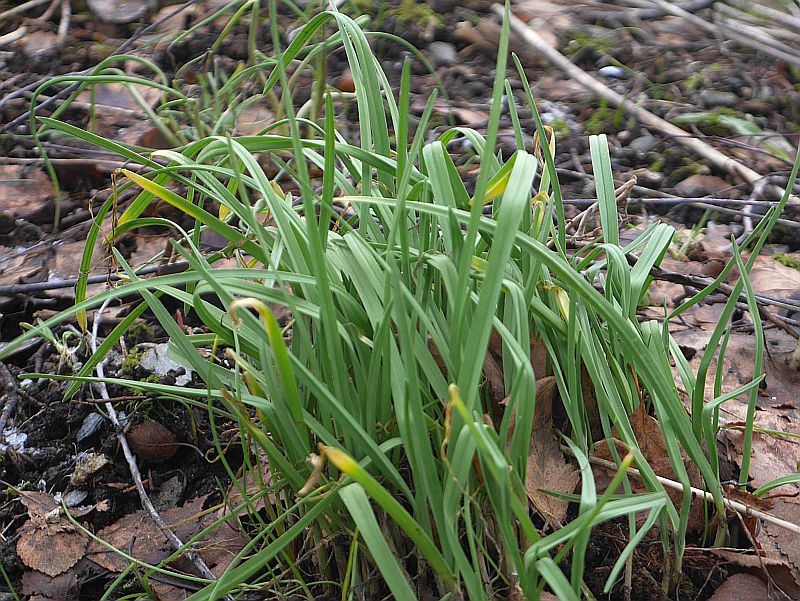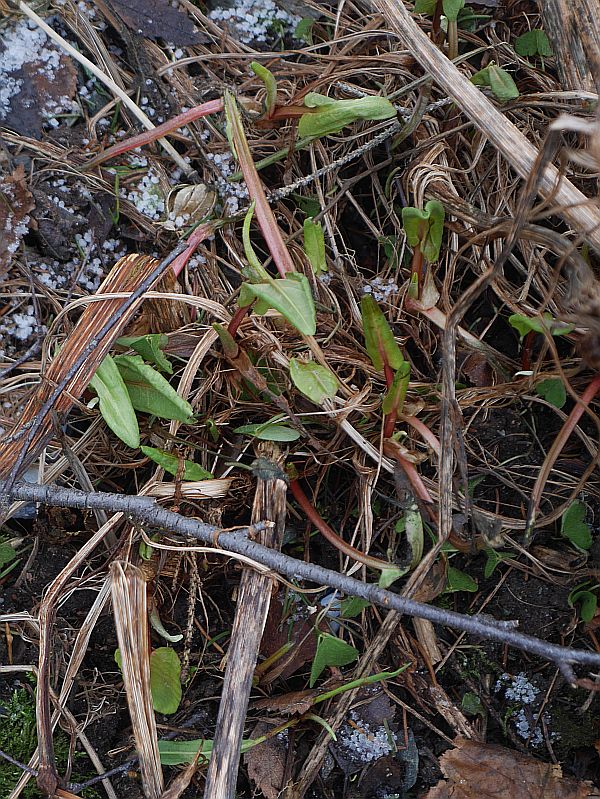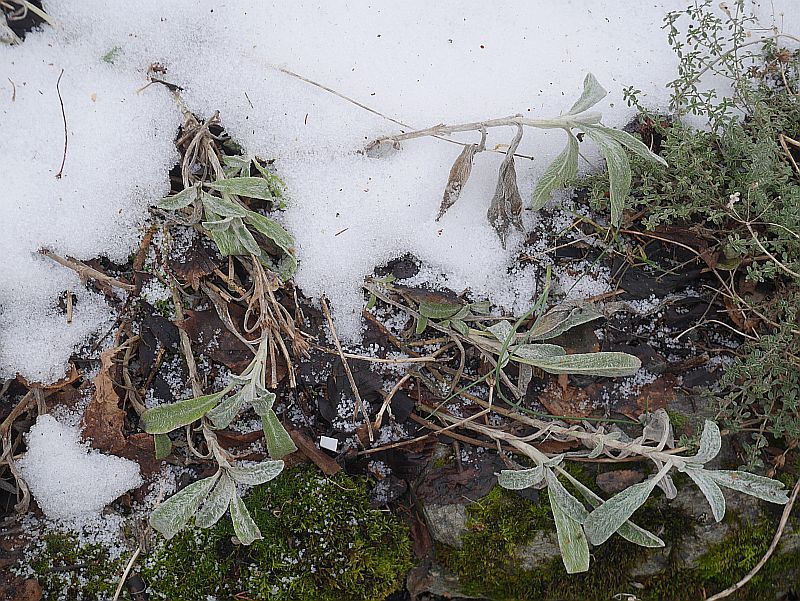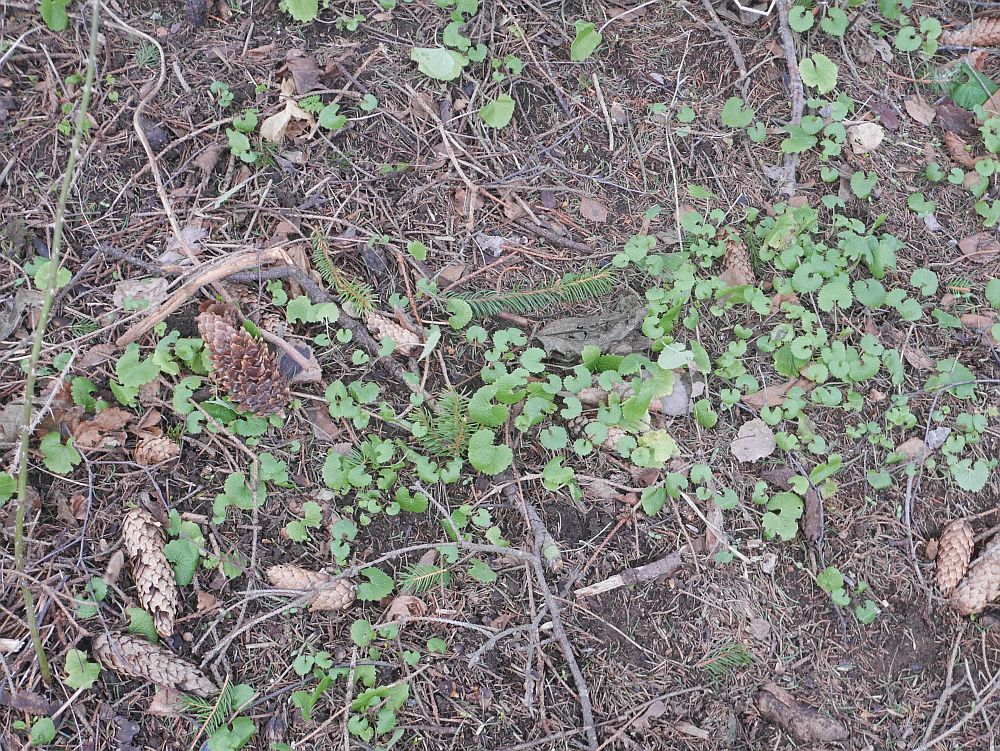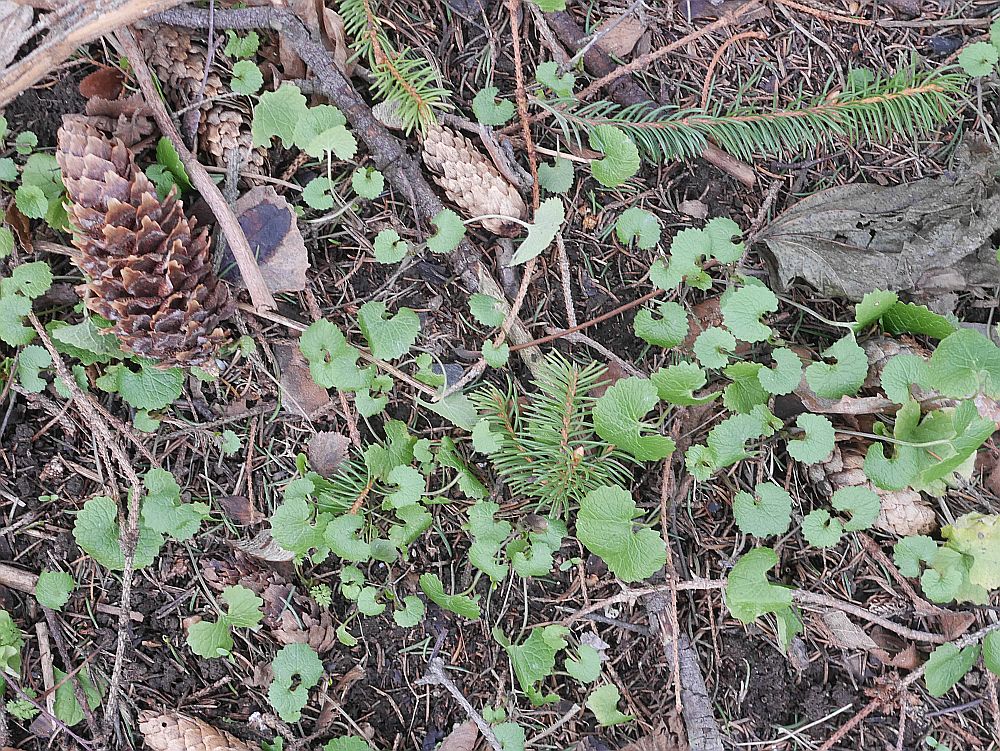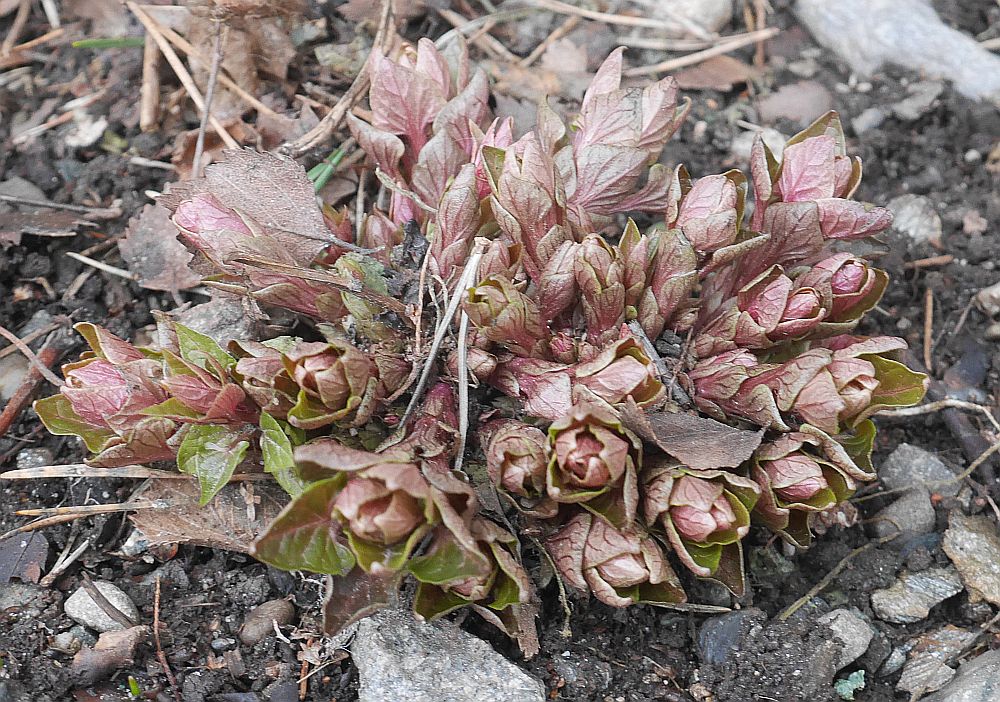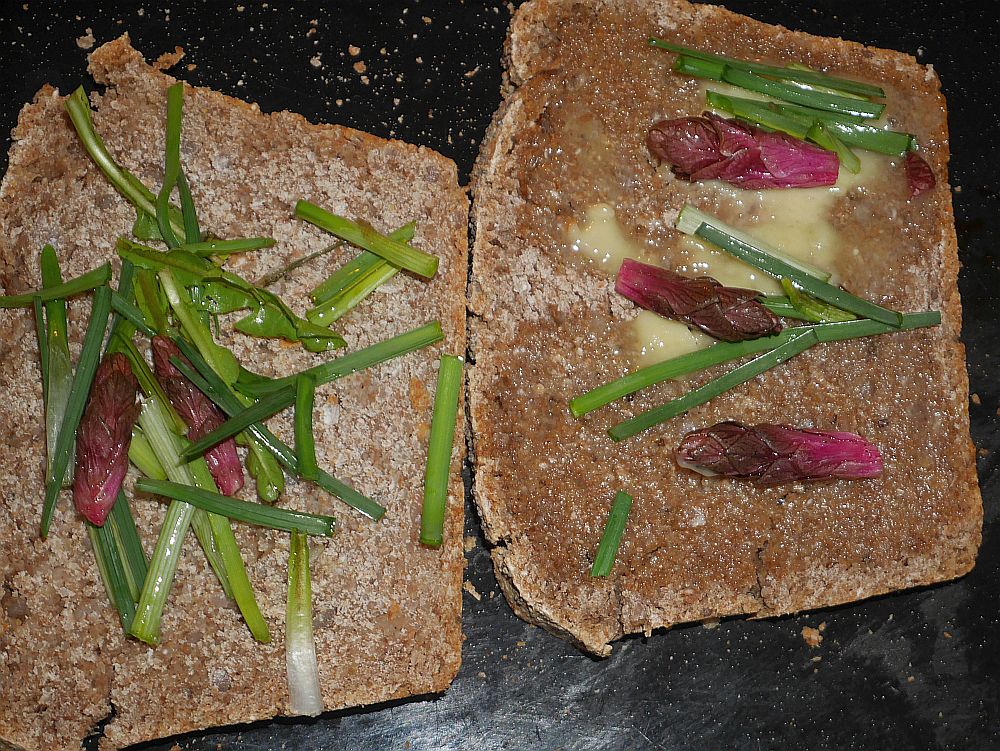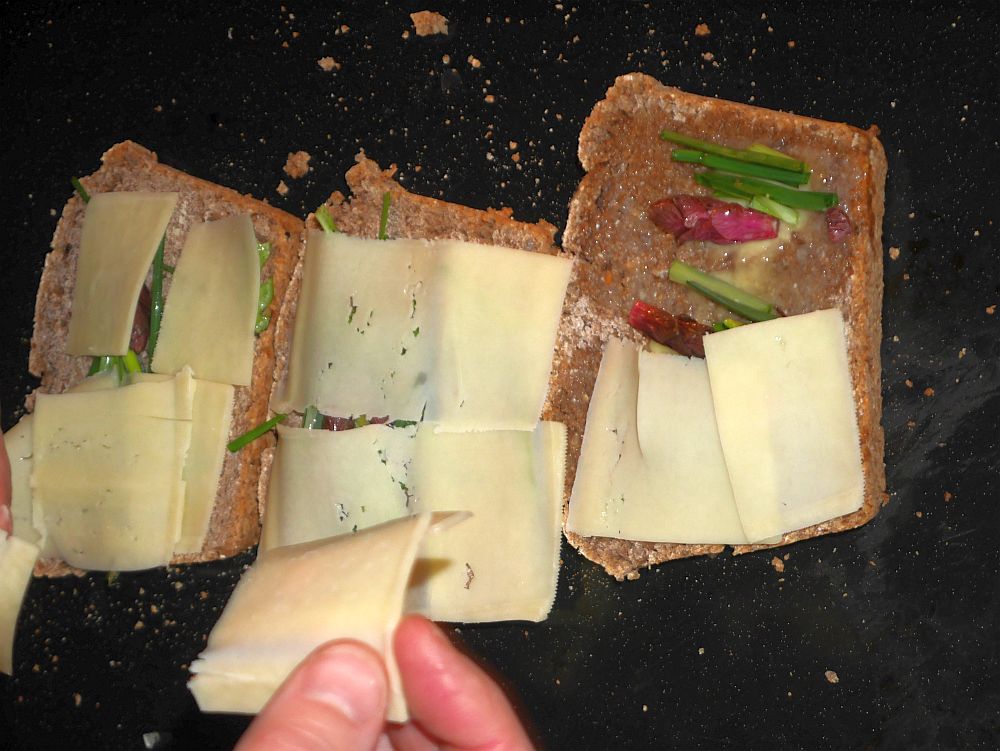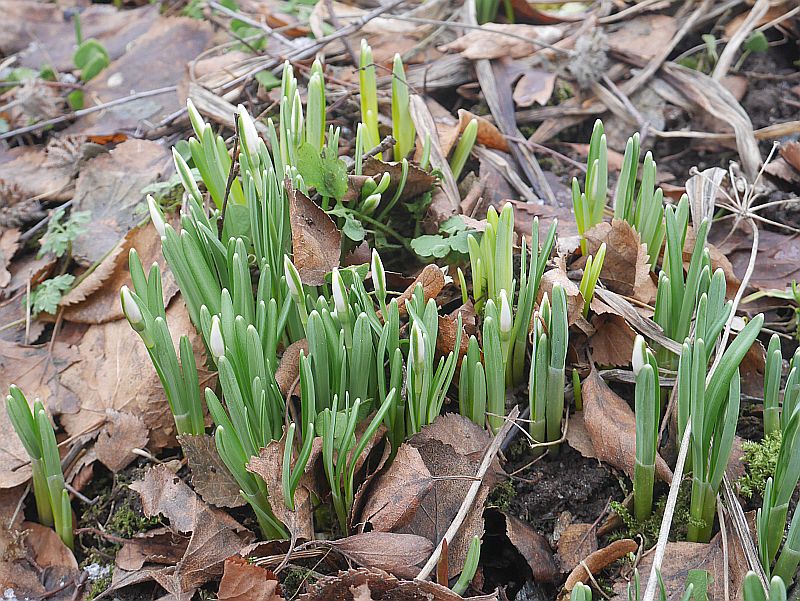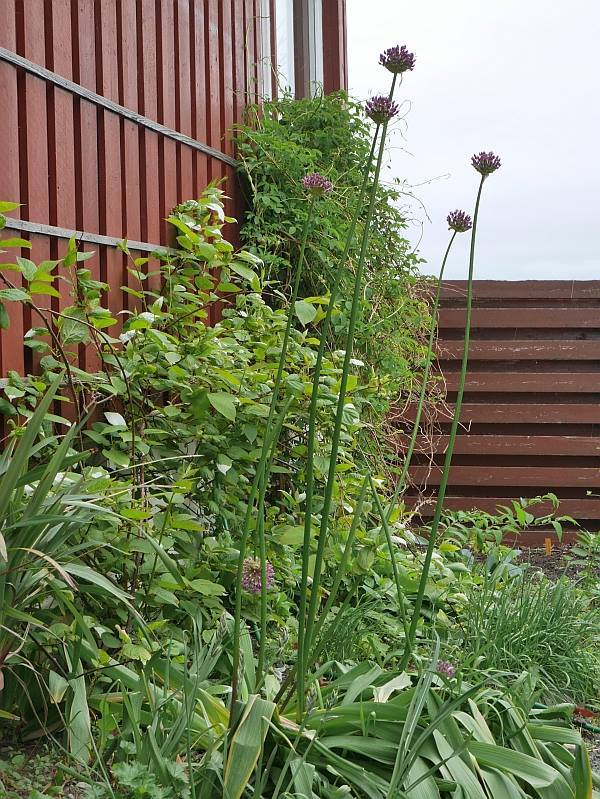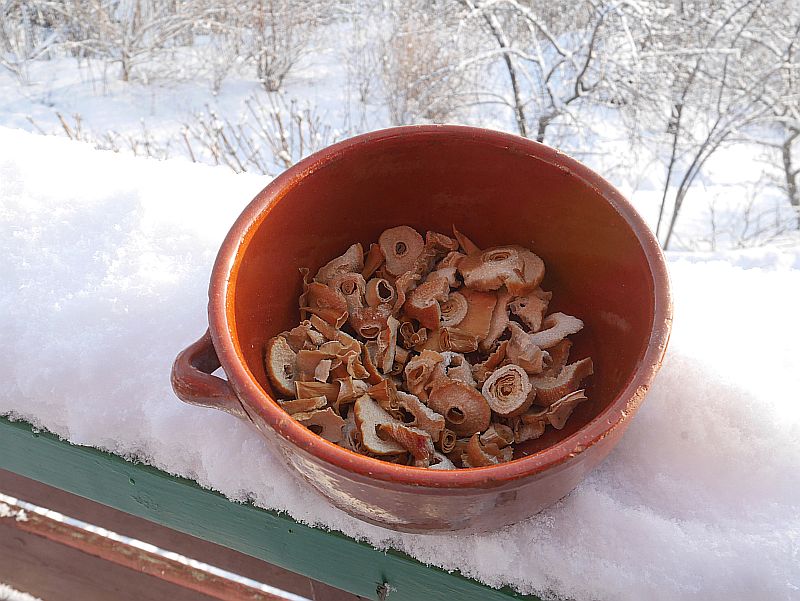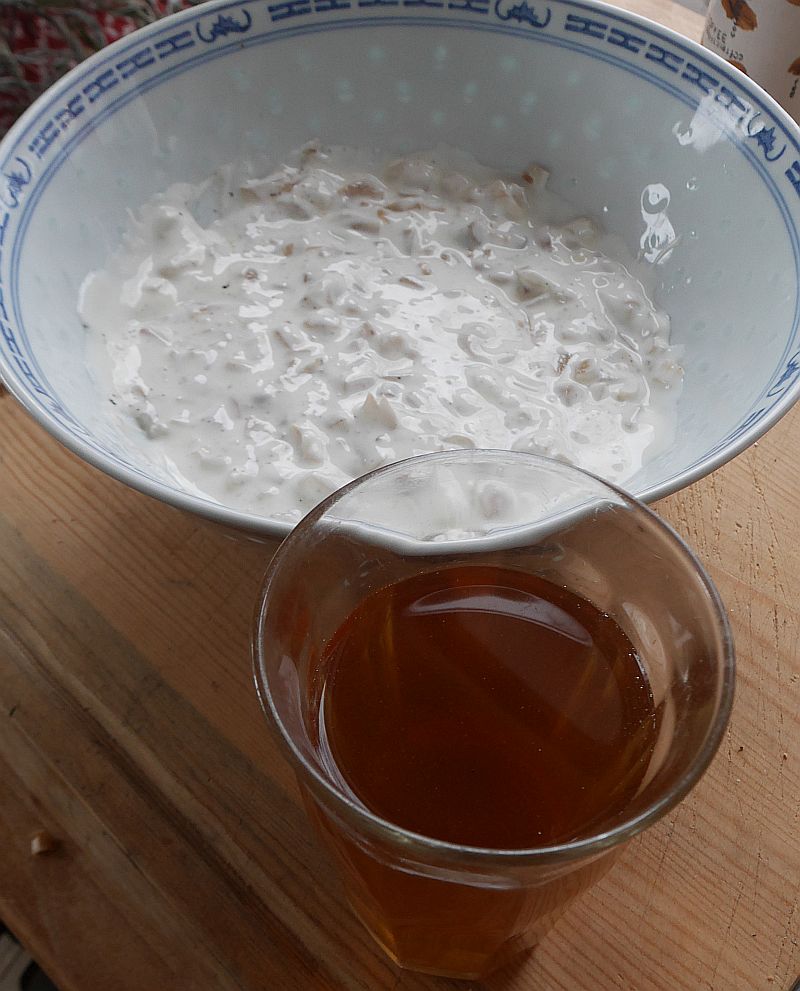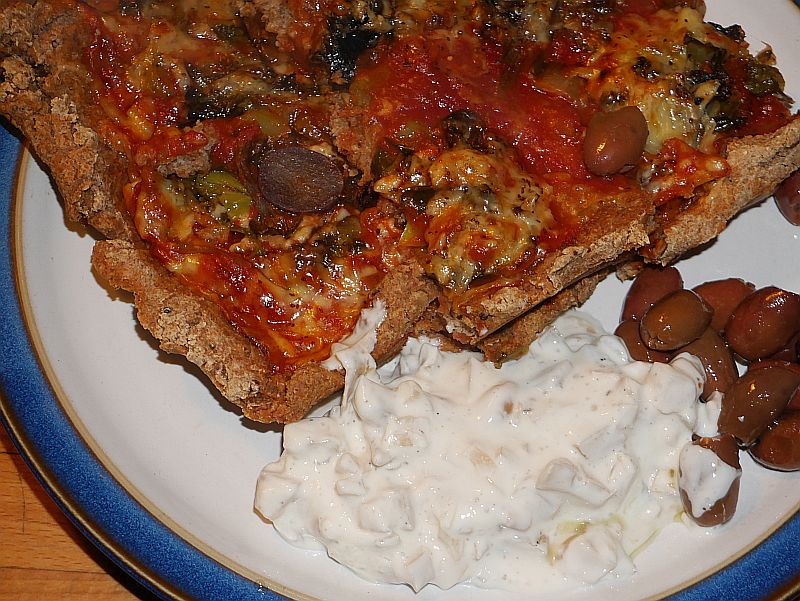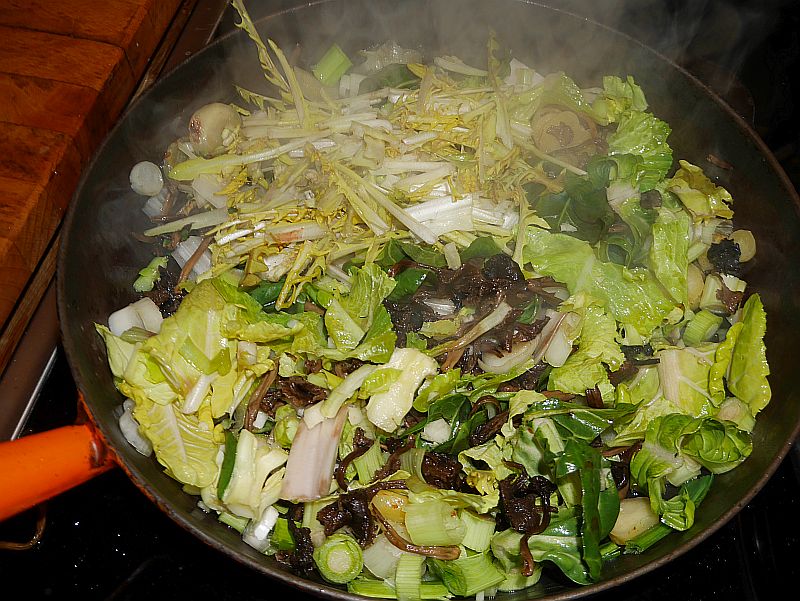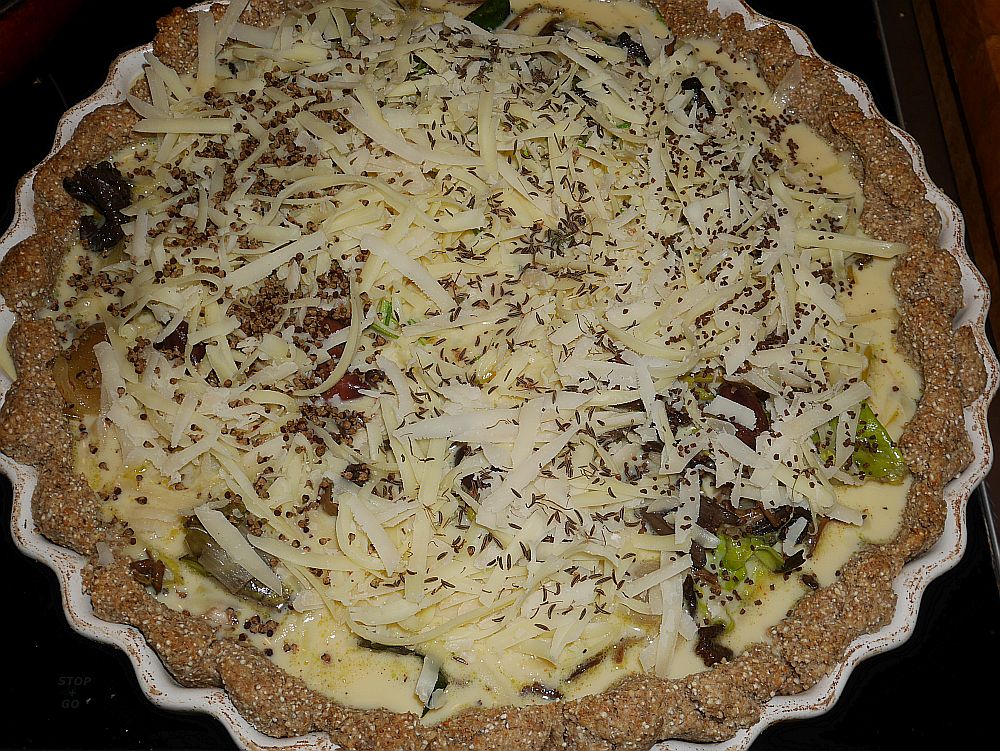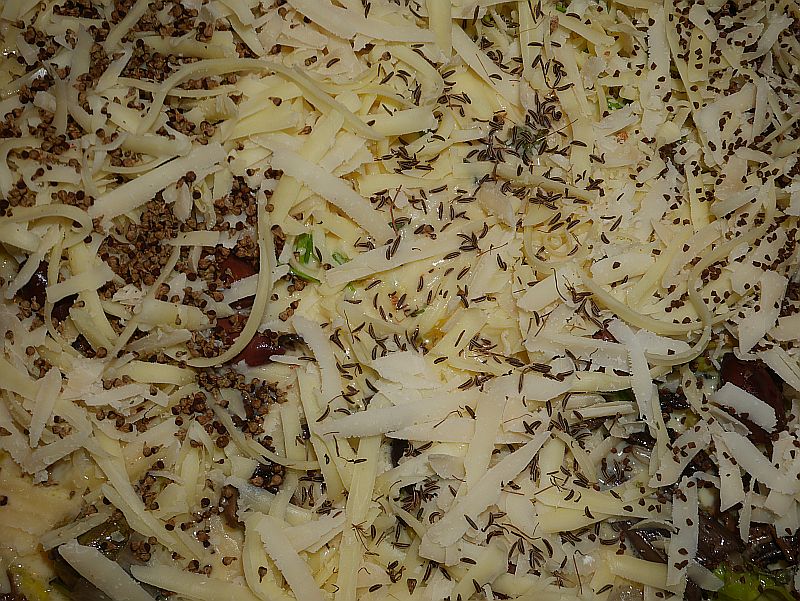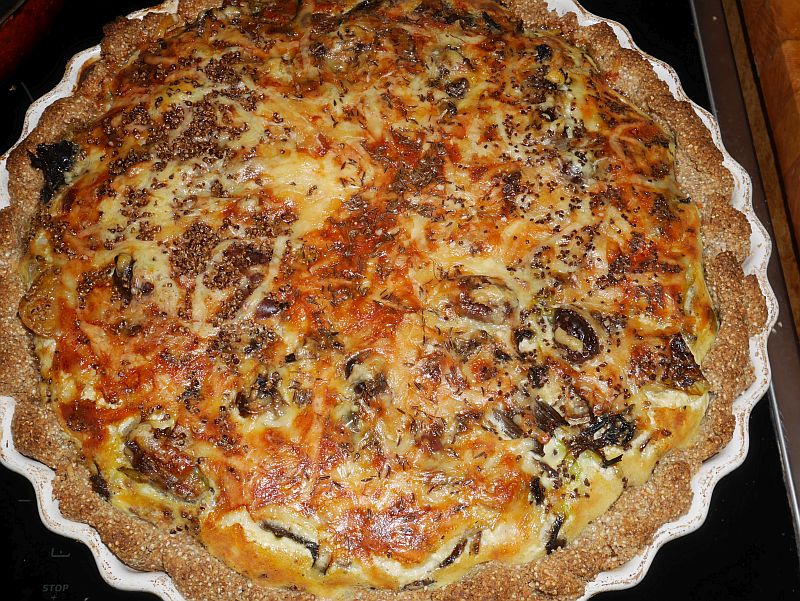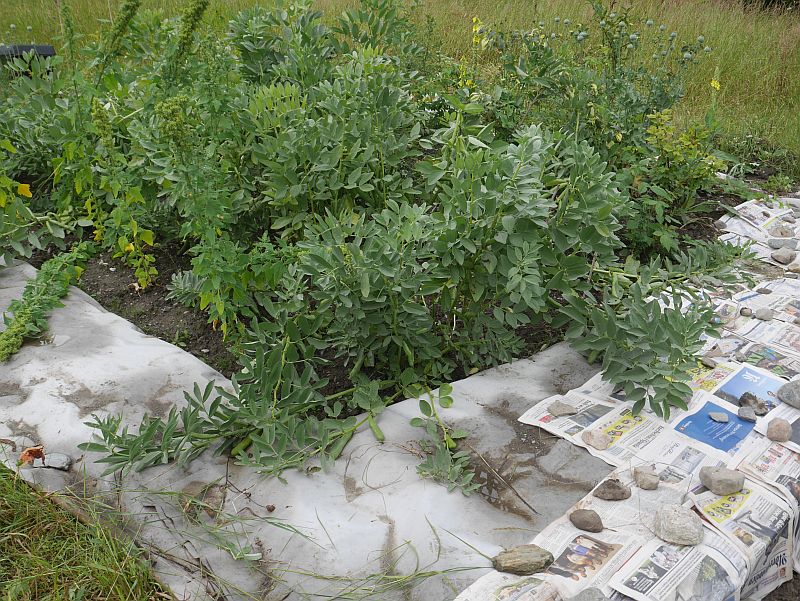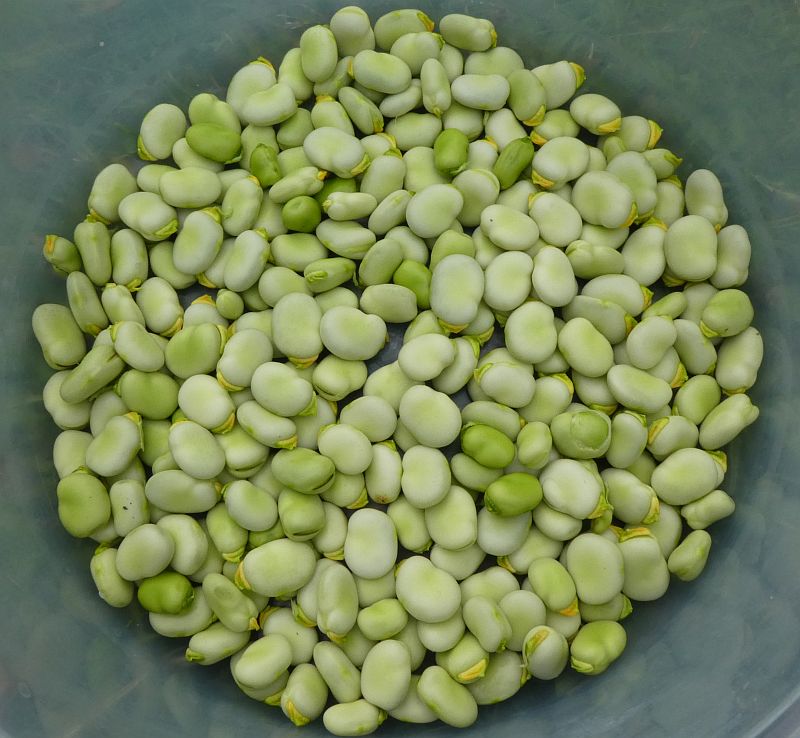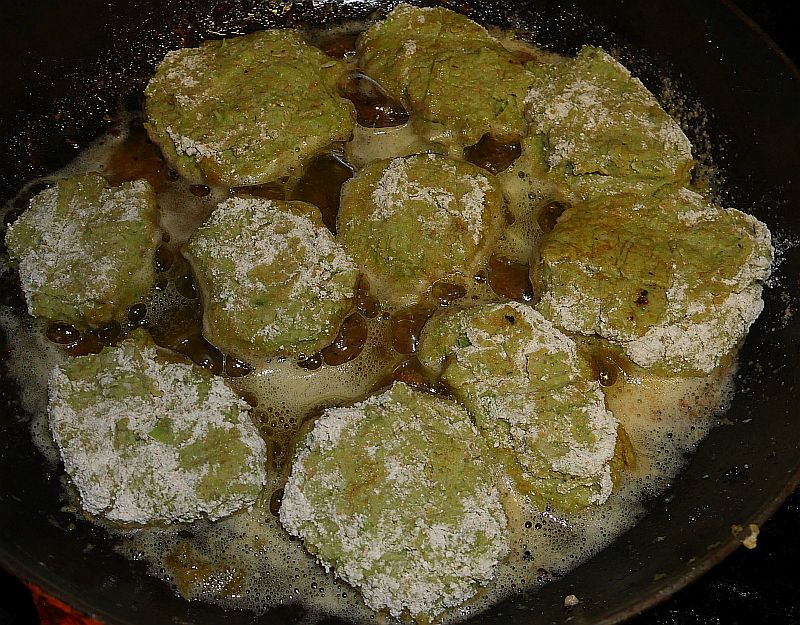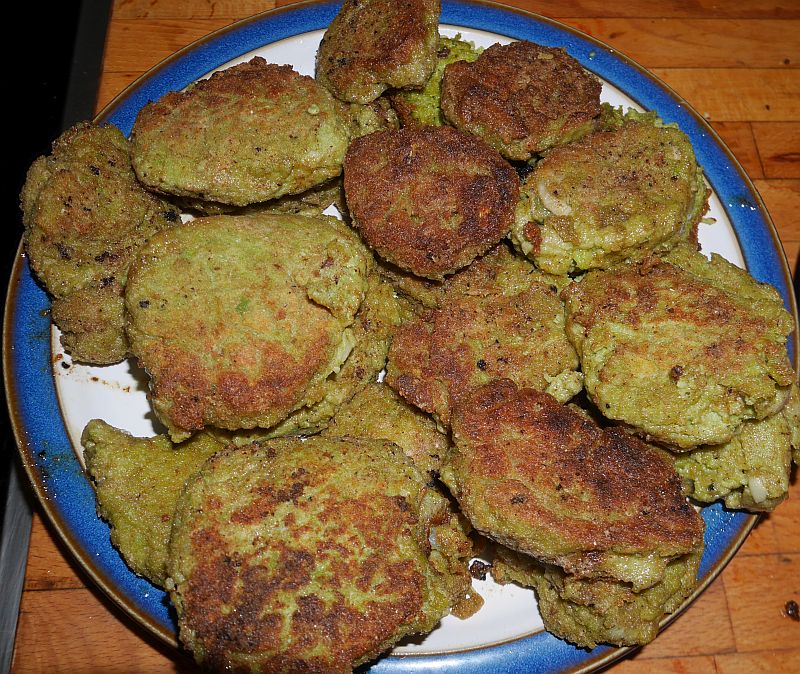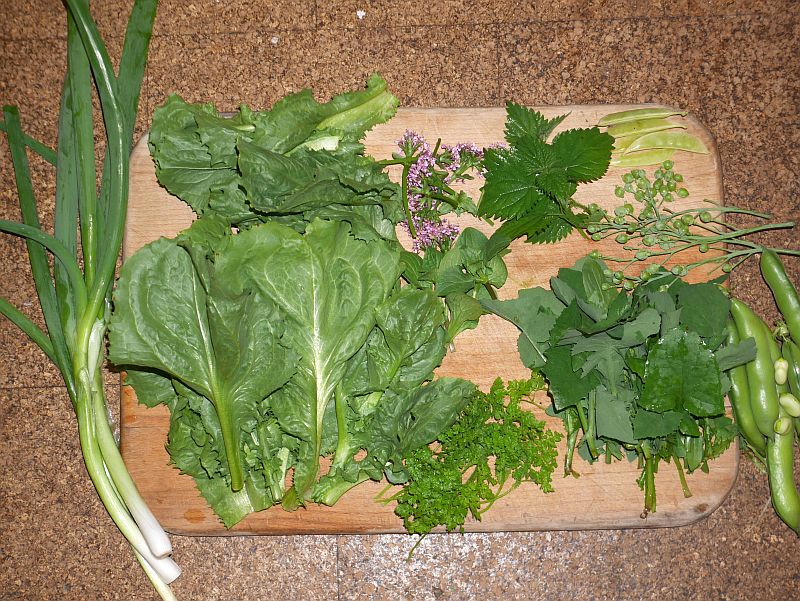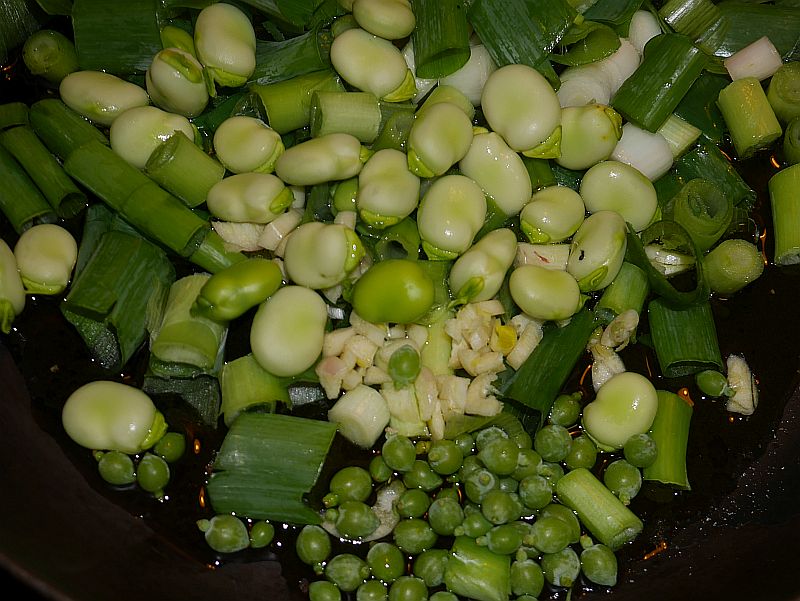The Edible Garden cookbook: surprising recipes with Hosta, Magnolia and others: Thanks to Matthias Brück for drawing my attention to this interesting German cookbook with recipes for several of the perennial vegetables in my book as well as a number of less known and up and coming fruits.
The index gives a taste of what you’ll find in the book (an English translation would be great), see below the picture!

A
Alcea rosea 46
Ampel-Crêpes nach Künstlerart 126
Apfelbeere
Schwarze 130
Apple Cinnamon Bread Pudding 136
Aralia cordata 118
Aralia elata 116
Aralie
Japanische 116
Aralie mit Anis 118
Aroniacreme nach Essgarten-Art 132
Aroniasaft 130
Arten
geschützte 25
Aufstrichrezepte 130
B
Baharat 80
Bambus 84
Goldrohr- 84
Schwarzrohr- 84
Bambusarten
winterharte 84
Bambussprossen 84
Bambussprossen mit Ananas 86
Bambustriebe
essbar 84
Baumsaft 64
Beilage 18, 30, 44, 52, 102, 136
Beilage mit Japanischem Rhabarber
30
Belgische Hopfensprossen mit Champignons
72
Berberitze 8
Gewöhnliche 88
Berberitzenarten
essbare 88
Berberitzenreis 88
Berberitzenreis Sereschk Polo mit
Huhn 90
Berglitschi 108
Bitterstoffe 8
Blaublattfunkie 20
Blumenhartriegel
Japanischer 108
Blumenhartriegel mit Aprikose und
Crème brulée 110
Brennnesselspitzen 68
Bunter Couscous 80
C
Camellia sinensis 56
Chaenomeles 60
Chaenomeles cathayensis 60
Chutney 62
Cornus kousa 108
Cornus kousa ‘Big apple’ 109
Cornus kousa ‘Milky Way’ 109
Cornus mas ‘Jolico’ 50
Cornus mas ‘Kasanlaker’ 50
Cranberry 104
Crème brulée 110
D
Datenbank 8, 141
Dessert 42, 56, 70, 74
Deutsche Oliven 52
Dschondscholi 92
Duftstoffe 75
Durchgedrehte Fetthenne – Fingerfood-
Schiffchen 44
Dureup 116
E
Echter Hopfen 70
Eierspätzle mit Taglilien 14
Einfrieren 68, 84, 88, 97, 131, 132
Taglilienblüten 16
Taglilienknospen 16
Eingelegte Magnolienblüten 102
Einlegen 100, 136
Erdnussbutter 86
Ernten
Blüten 8
Knospen 8
Essgarten 6, 7
Essig 88, 90
Essigbaum 96
essbar 8
Essigbeere 88
Exoten
Essbare 7
F
Fallopia japonica 28
Festtagstorte mit Kamelien 58
Fetthenne 40
Fiddleheads 26
Fingerfood 34, 40
Flieder
Gemeiner 78
Fliederarten
essbar 78
Fliederblütengebäck 82
Food- oder Aromapairing 36
Fruchtlikör 108
G
Gartenpflanzen 7, 10
Gefüllte Funkienröllchen 22
Gefüllte Taglilienblüten 18
Gelee 60, 130, 134
Gemüsearten
neue 7
Gewürz
orientalisches 96
Gewürzsumachs 96
Giersch 68
Giftpflanzen 7
Granatapfelsaft 90
H
Harissa 80
Hirschkolbensumach 96
Hochblätter
farbige 108
Hopfensprossen 70
Hosta sieboldiana
’Big Daddy’ 21
Houttuynia cordata ‘Chamaeleon‘ 36
I
Indianerlimonade 98
Indian Lemonade spezial 98
J
Japanische
Rhabarber-Erdbeer-Torte 32
Japanisches Wildrhabarbercurry 34
Jeon 116
Joghurt 54
K
Kalina 104, 106
Kalina royal 106
Kamelie 56
Kapern 92
Karamell 112
Karamellbeere 112
E-Book mit Wasserzeichenschutz (5912972-1/5e55ae6422974d65b7b8cf41e90343e5, BIC media 10/2018)
R EG I ST E R | 143
Kimchi mit Garnelen 128
Kochkurse 7
Komogi 24
Kornelkirsche 50
Kornelkirschen-Sorbet 54
Kriek Lambic 72
Küche
japanische 20
L
Leycesteria formosa 112
Leycesteria formosa ‘Purple Rain’ 114
Likör 130
Limonade 96
Linde 64
Lindensirup 64
M
Magnolia kobus 100
Magnolie 100
Kobushi- 100
Magnoliensalz 103
Malus ‘Chestnut’ 135
Malus ‘Evereste’ 134
Malus ‘Golden Hornet’ 134
Malus ‘John Downie’ 134
Malus ‘Red Sentinel’ 134
Malus spec. 134
Marmelade 62, 130
Matteucia struthiopteris ‘Jumbo’ 24
Molchschwanz 36
Mugunghwa 124
N
Naturschutz 92
Neophyt
invasiver 28
Nutzgarten 4
O
Oliebollen nach Essgarten-Art 138
Oxalsäure 29
P
Passionsblume
Blaue 120
Passiflora caerulea 120
Passiflora caerulea
‘Constance Eliott’ 121
Passiflora incarnata ‘Maypop’ 122
Petersilie
saure 88
Pflanzendatenbank 8, 141
Pflanzenteile
essbare 8
Phyllostachys nigra 84
Pimpernuss
Amerikanische 92
Gemeine 92
Kolchische 92
Pimpernusskaviar 94
Pimpernusslikör 92
Q
Quiche Tilia mit Zwiebeln und
Schinken 68
R
Ras el-Hanout 80, 132
Regenbogen-Mango 38
Reiskuchen
Mochi 56
Rhabarberrezepte 28
Rhizomsperre 71, 96
Rhus coriaria 96
Rosenblüten 75
Rosenblütensirup 76, 80
Rosenlikör 76
Rosensirup 74
Roter Lindenknospensalat
mediterran 66
S
Sauerdorn 88
Sauerkirschbier 72
Schlehen
eingelegte 52
Schneeball
Gewöhnlicher 104
Pflaumenblättriger 104
Sedum spectabile 40
Sedum telephium 40
Sezchuan-Pfeffer 86
Silvestergebäck 138
Sirup 102, 130
Spargelrezepte 26
Staphylea pinnata 92
Staphylea trifoliata 92
Staudenknöterich
Japanischer 28
Stockrose 46
Stockrosen-Lasagne mit grünem
Pesto 48
Straucheibisch 124
Straußenfarn 24
Sumach 96
Süße frittierte Passionsspießchen
mit Feigen 122
Syringa vulgaris 78
T
Taglilie 12
Taranome 116
Tee 46, 56, 64
Teepflanze 56
Tempura 116
Teufelskrückstock 116
Tiramisu formosa 114
Tomatensahne mit
Taglilienknospen und Pistazien 16
Trichterfarn 24
Trocknen 101, 102, 131
Trocknung 97
U
Unverschämte Fetthenne –
Fingerfood-Schiffchen 42
V
Vap Ca 36
Viburnum opulus 104
Viburnum prunifolium 104
Vorspeise 12, 18, 22, 42, 122
W
Wildgehölz 92
Wildobst 50, 88
Wurzelausläufer 71, 96
www.pfaf.org 8, 141
Z
Zierapfel 134
Zierquittenchutney mit Rosinen 62
Ziergemüse 4, 6, 7, 10
Ernte 8
Zierquitte
chinesische 60
Zwischengang 42


